QLabs Virtual Quanser AERO
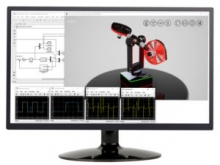
QLabs Virtual Quanser AERO is a fully instrumented, dynamically accurate virtual twin of a Quanser AERO system. The platform is compatible with the physical Quanser AERO engineering curriculum.
Two rotors provide thrust and allow users to safely control the device’s dynamic response. Interchangeable propellers, user-adjustable thrust vectors, and the ability to lock axes individually mean the Aero 2 is capable of abstracting a variety of aerospace systems, such as half-quadrotor, 1-DOF VTOL, and 2-DOF helicopters.
The compact base includes a built-in amplifier with an integrated current sensor, a built-in data acquisition device, and an interchangeable QFLEX 2 interface panel offering connectivity options for a wide range of devices including PCs, embedded computers, and microcontrollers. Four high-resolution optical encoders, plus one Inertial Measurement Unit (IMU), can be used to measure and control attitude in both pitch and yaw axes. Slip ring wiring allows for unlimited, continuous, 360° yaw rotation.
Device Dimensions (D x W x H)
18 cm x 52 cm x 40 cm
Operating Space (D x W x H)
52 cm x 52 cm x 62 cm
Mass
4.7 kg
Pitch Angle Range
90° (± 45° from horizontal)
Yaw Angle Range
360° Continuous
Pitch Encoder Resolution
2880 counts/revolution
Yaw Encoder Resolution
4096 counts/revolution
Prop Thrust Constant
5 x 10^-4 N-s/rad
Inertial Thrust Constant
0 .042 Nm/A
Inertial Measurement Unit (IMU)
IIM-42652 Compact 6-Axis MEMS Device
Tri-axis Gyroscope Range
+- 500 dps
Tri-axis Accelerometer Range
+-2g

QLabs Virtual Quanser AERO is a fully instrumented, dynamically accurate virtual twin of a Quanser AERO system. The platform is compatible with the physical Quanser AERO engineering curriculum.
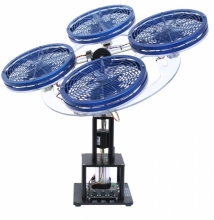
The 3 DOF Hover experiment provides an economical testbed to understand and develop control laws for flight dynamics and control of vehicles with vertical lift-off.
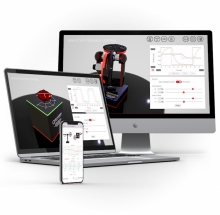
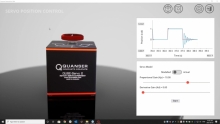
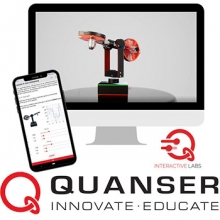
QLabs Controls is based on Quanser physical plants and is accompanied by a comprehensive curriculum covering topics such as modeling, speed and position control, aerospace control, instructor resources, and tools to manage student access and monitor their progress.
